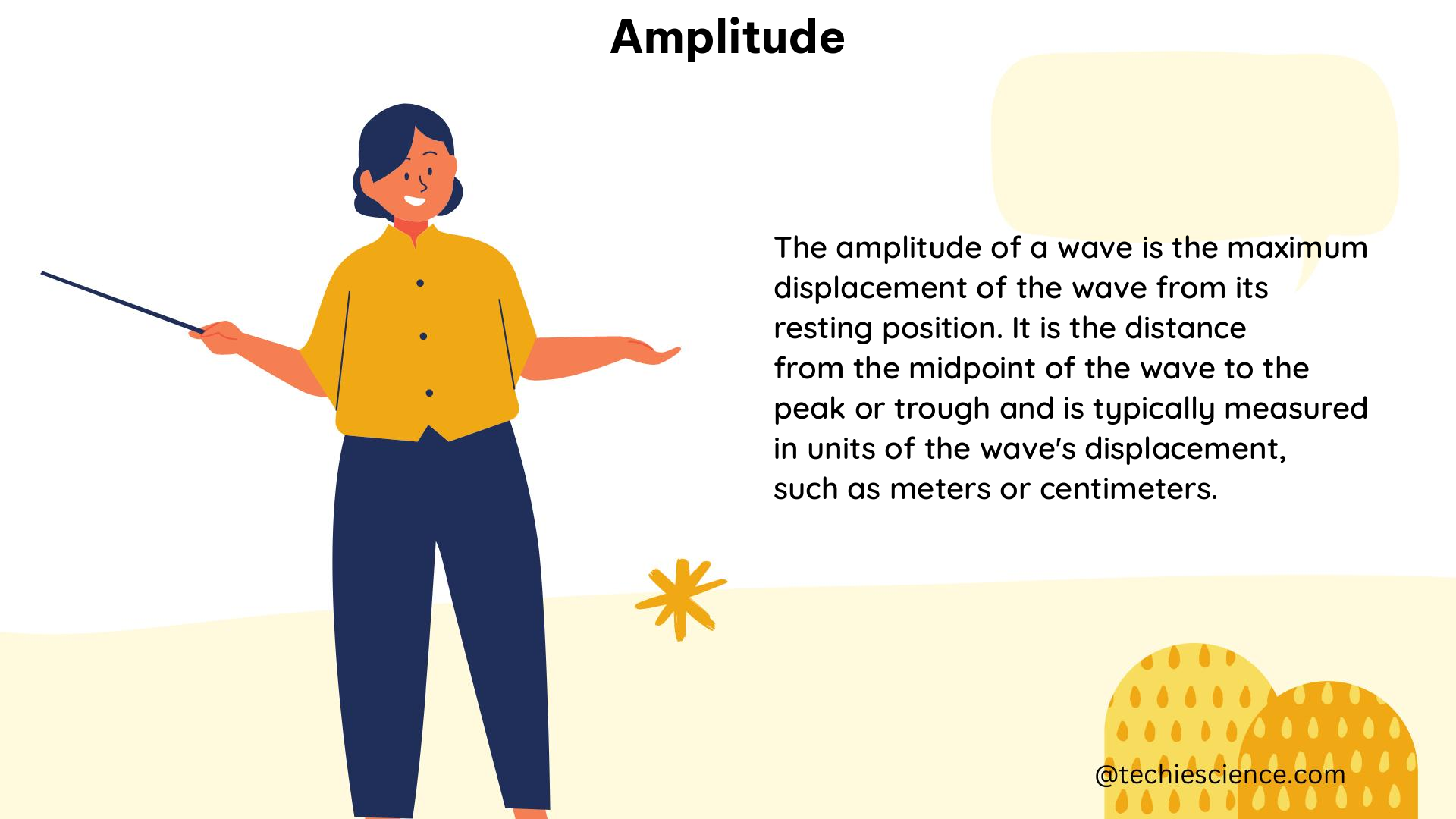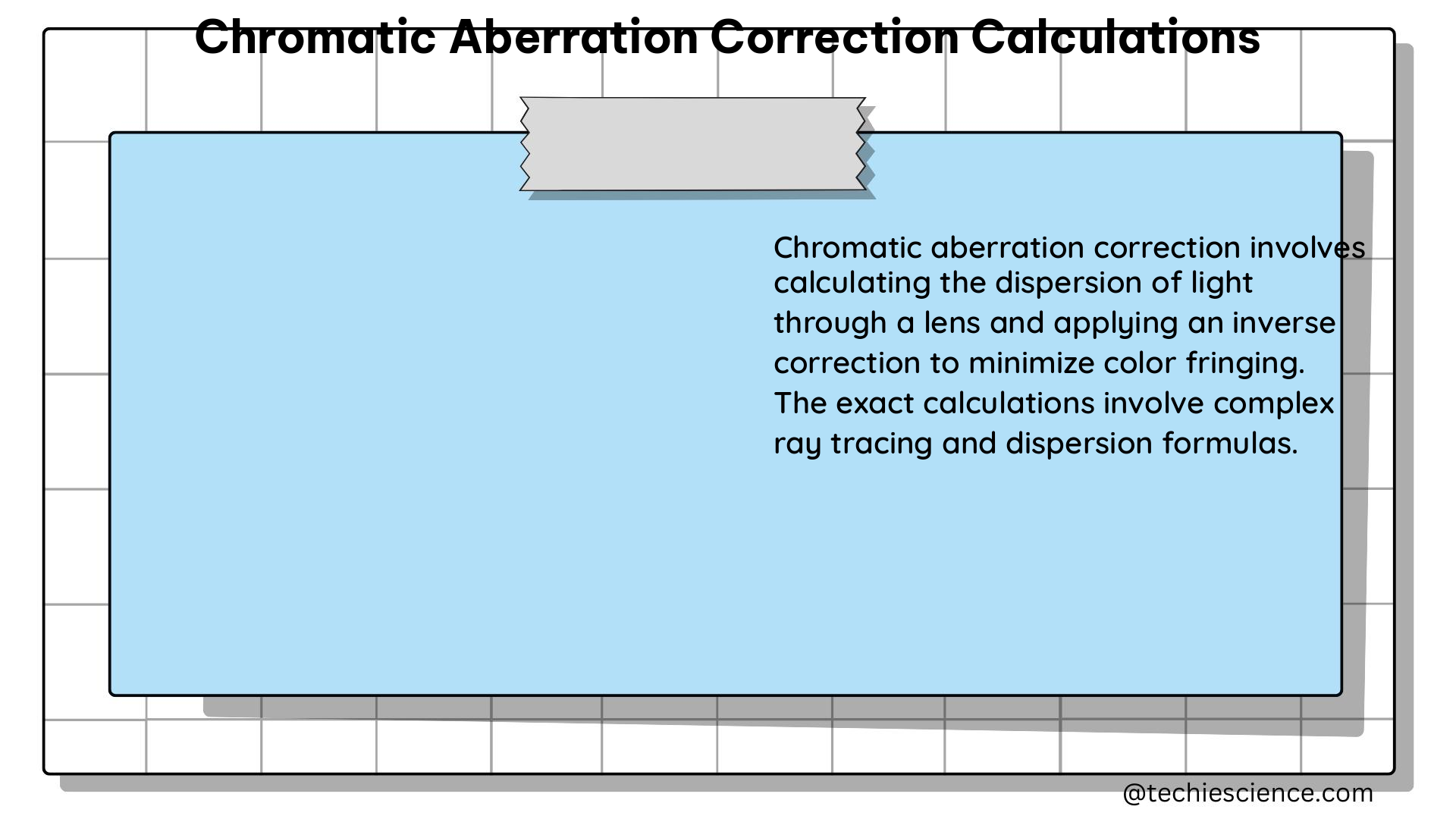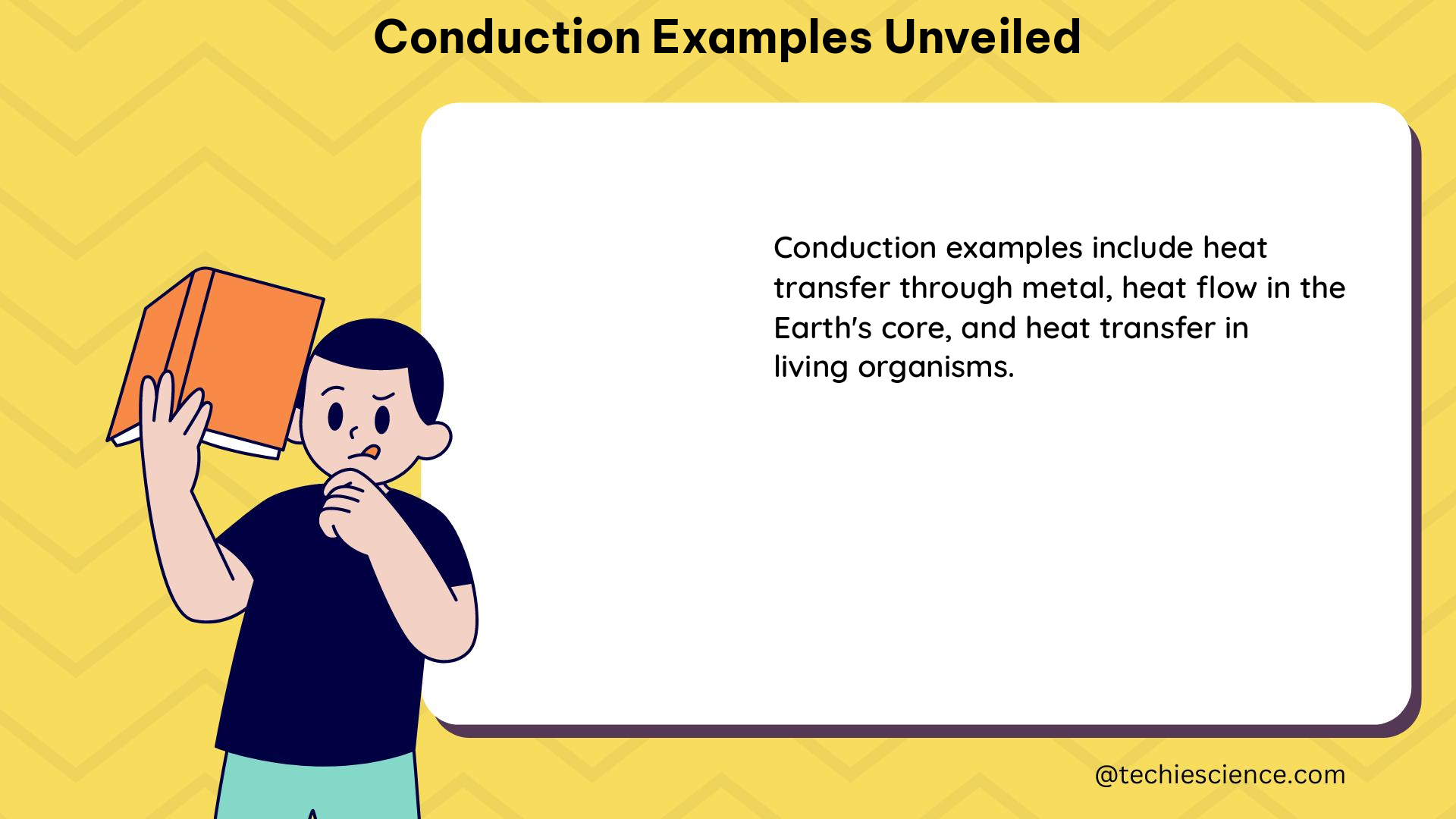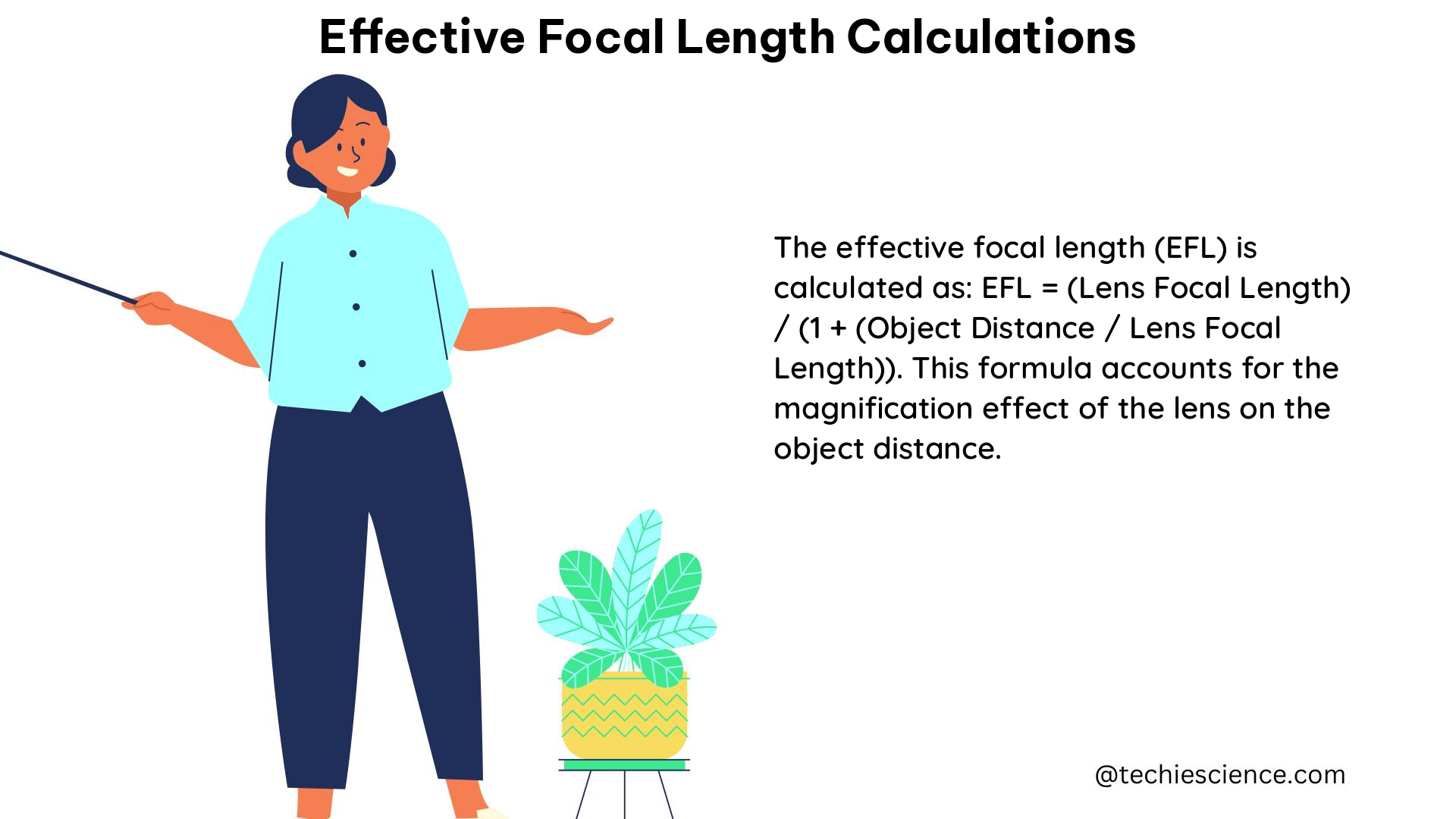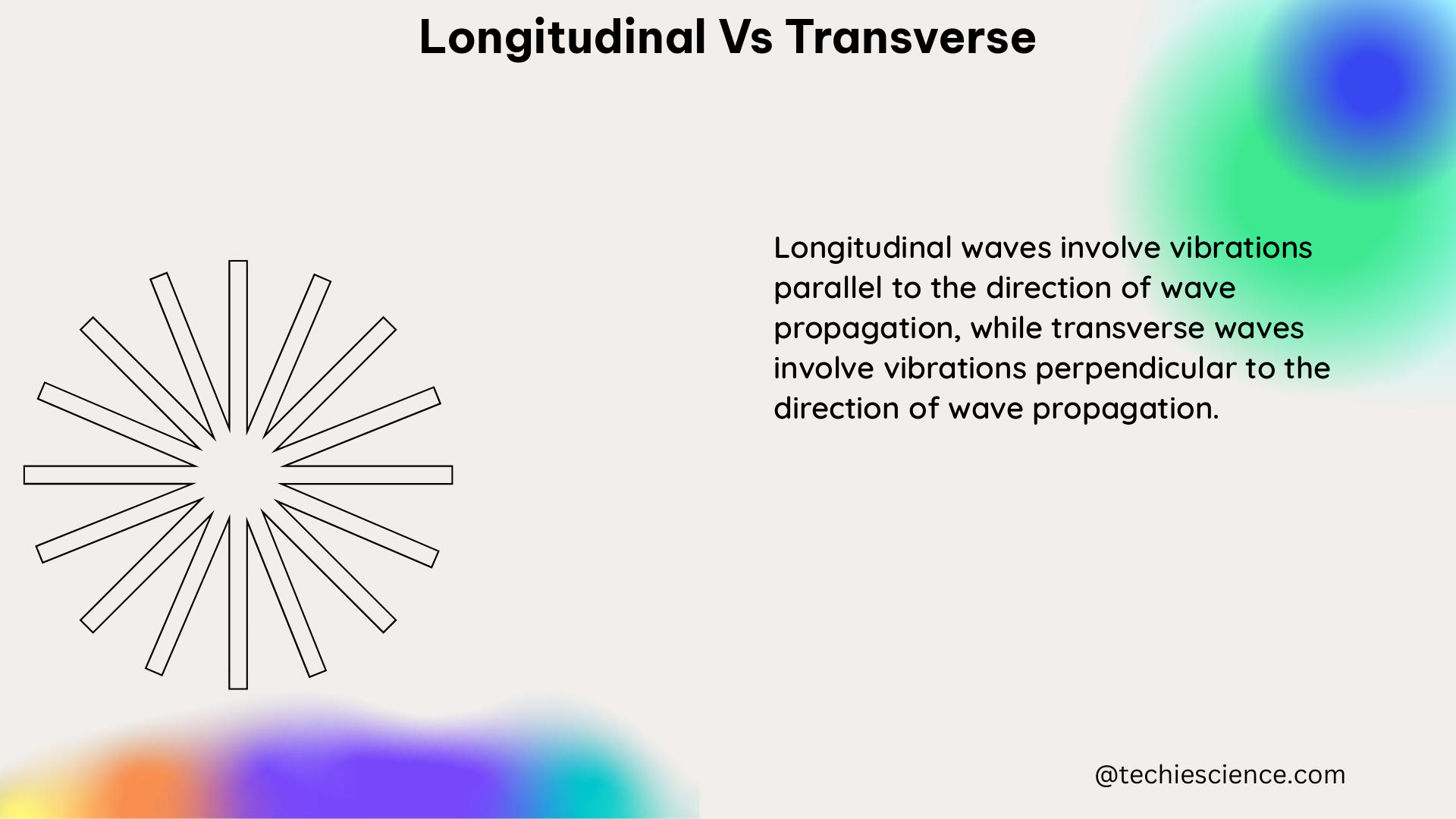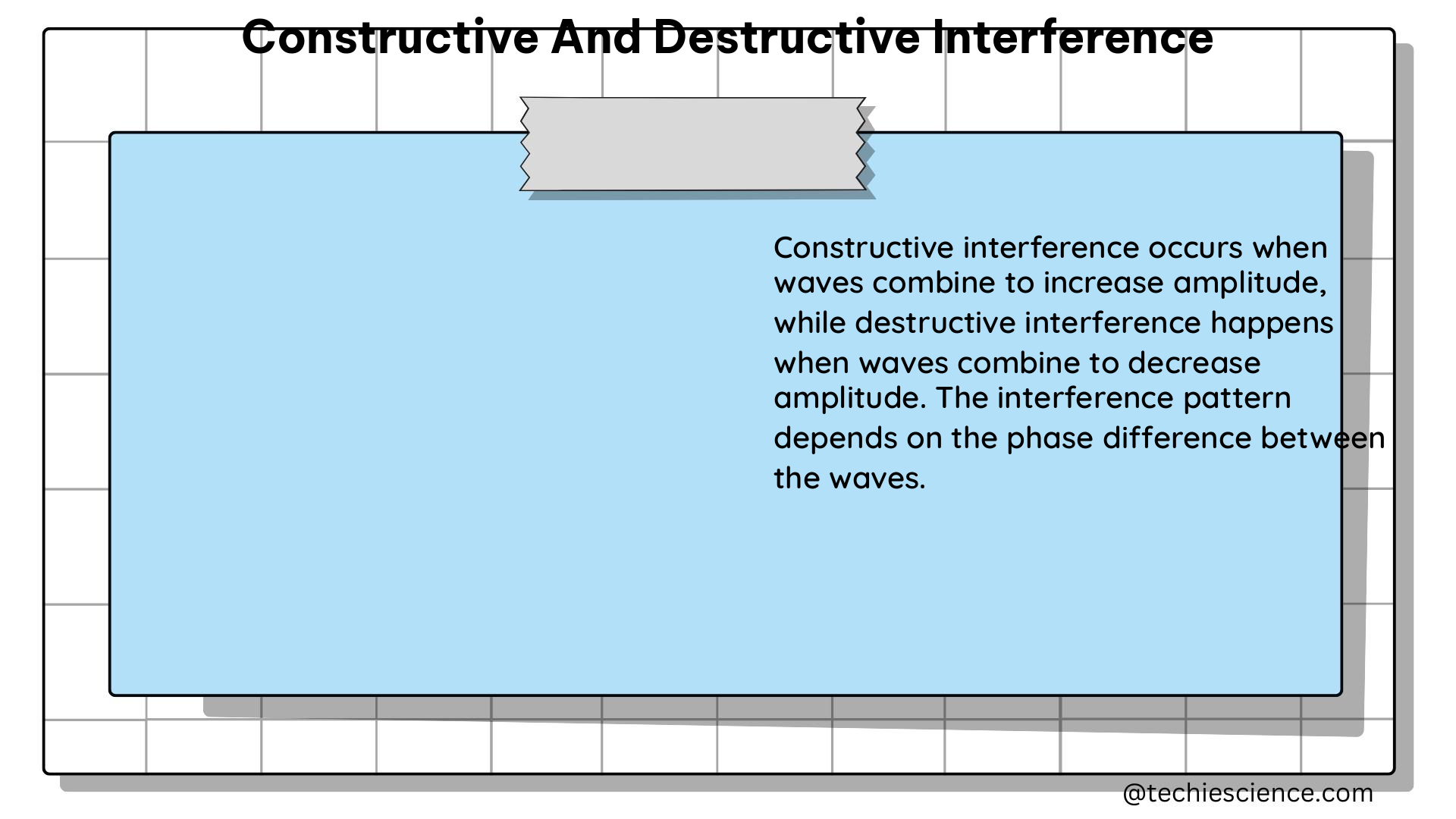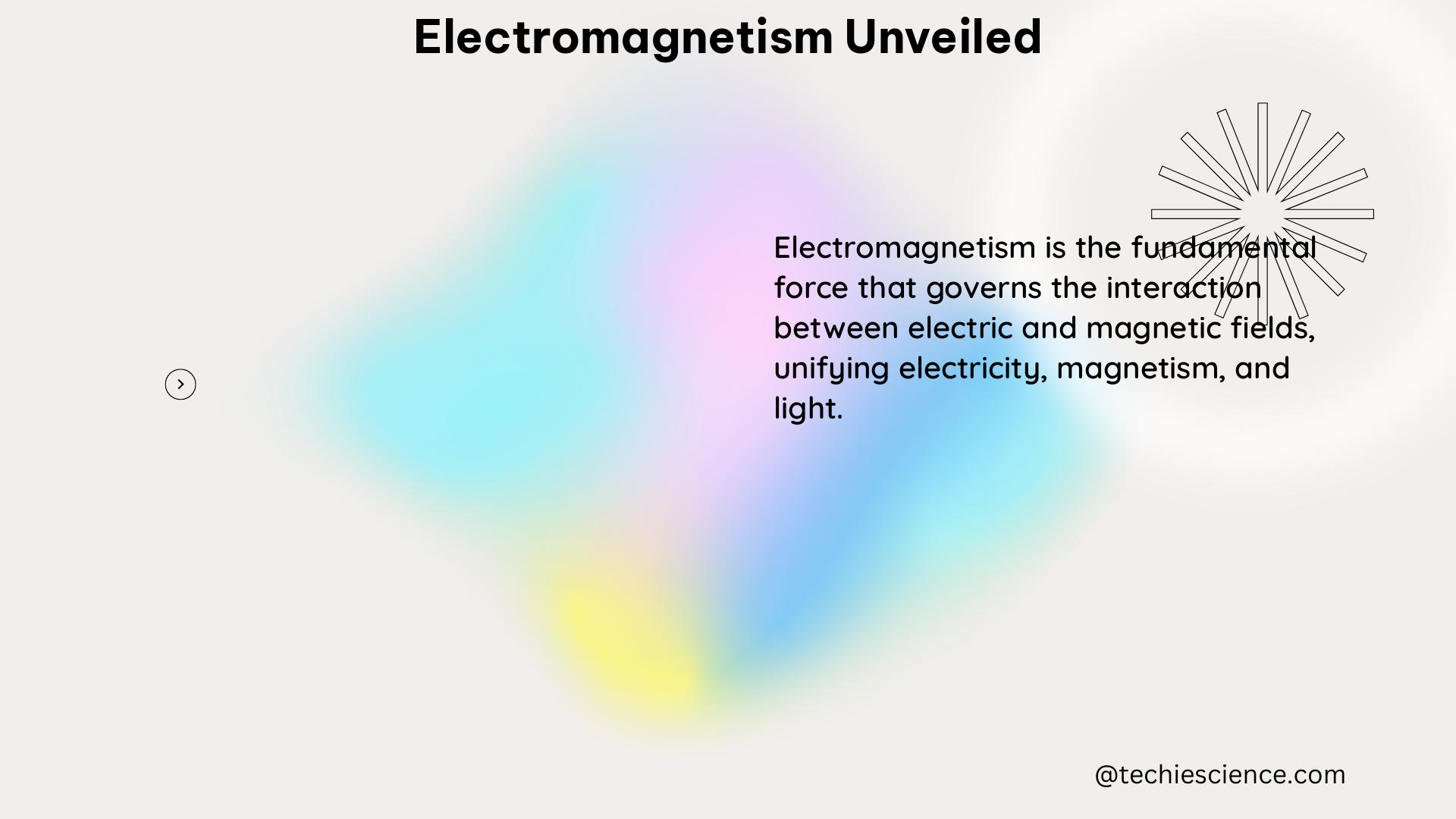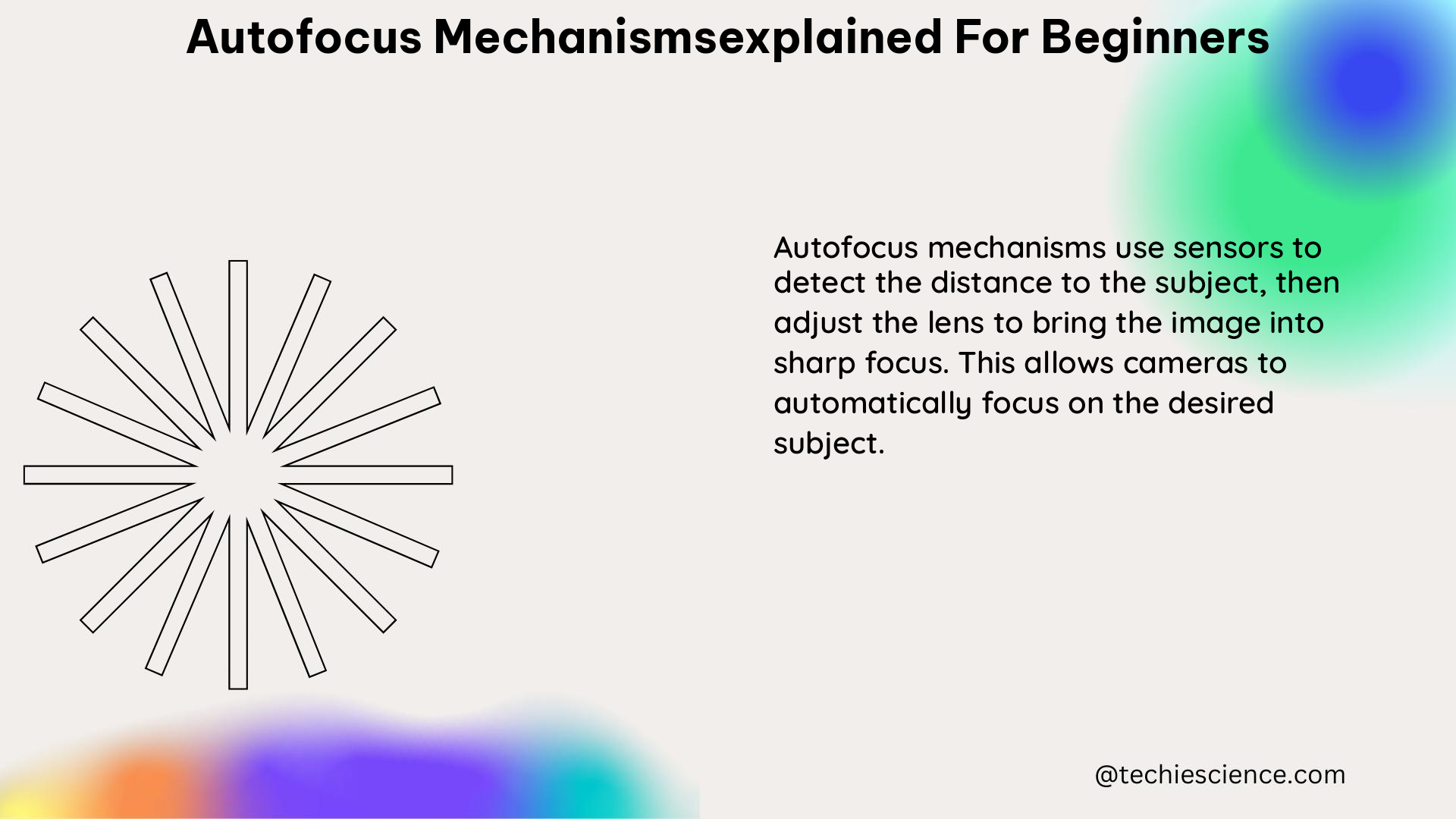Mastering Amplitude: A Comprehensive Guide for Physics Students
Amplitude is a powerful analytics platform that helps businesses collect, analyze, and activate both quantitative and qualitative data. For physics students, understanding the concept of amplitude and its applications is crucial in various fields, such as wave mechanics, electrical engineering, and signal processing. This comprehensive guide will delve into the technical details of amplitude, providing … Read more
